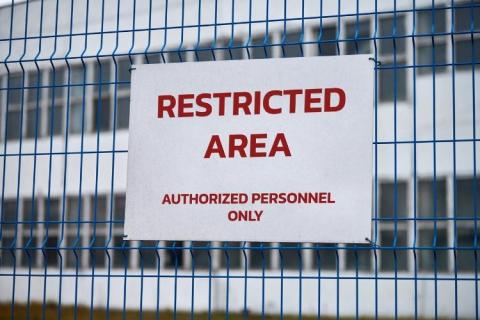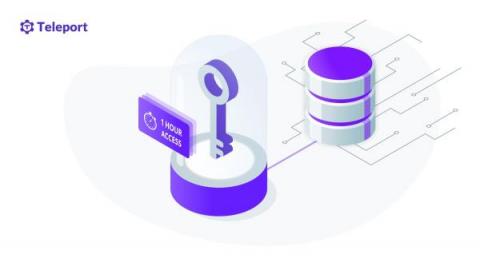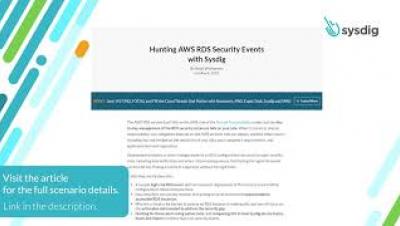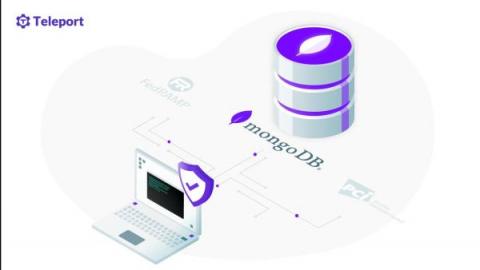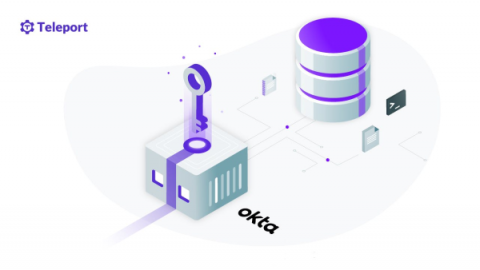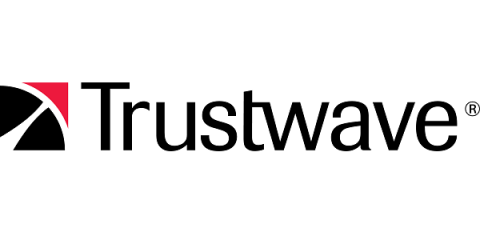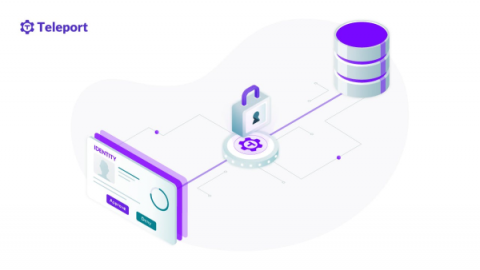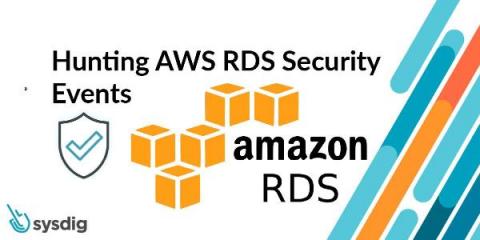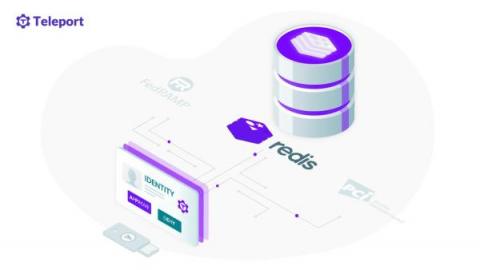4 Database Access-Control Methods to Automate
Regardless of which role a person has in an organization, they will always need access to one or more databases to be able to perform the functions of their job. Whether that person is a cashier at McDonald's or a technical account manager supporting a Fortune 500 company, data entry and retrieval is core to the services they provide.

